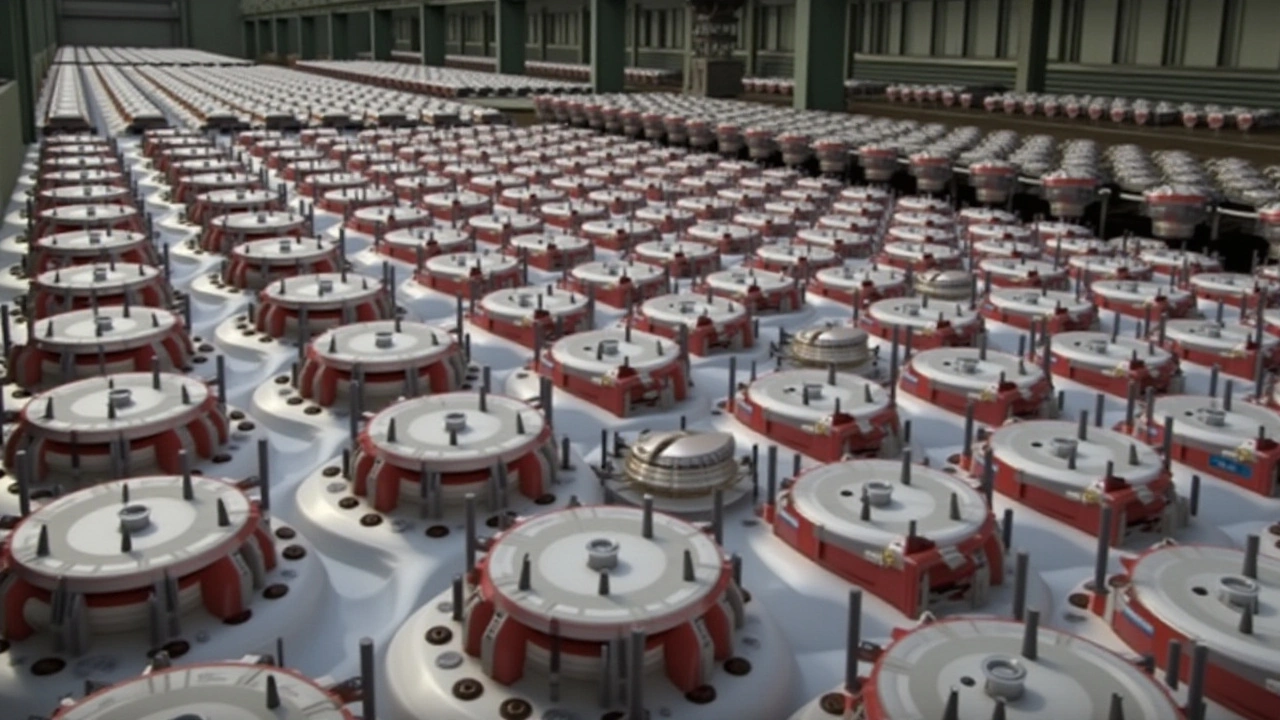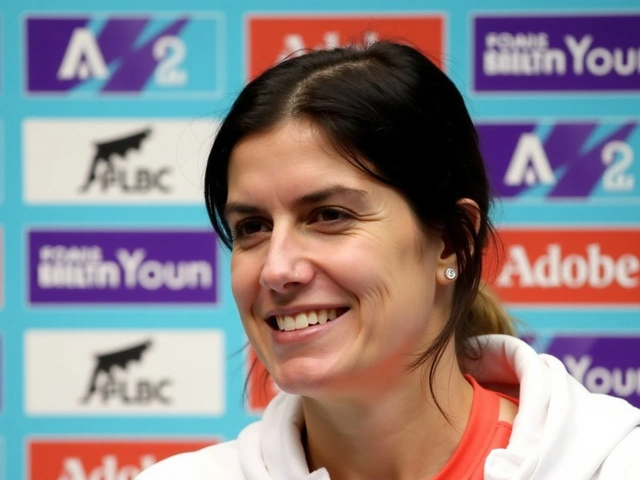Starlink and Urban Agriculture in Africa: How Satellite Internet is Changing the Game
City farms in Africa are growing fast, but they often struggle with bad internet. Without good connectivity, farmers can’t use apps that tell them when to water, what pests are coming, or how to market their produce. That’s where Starlink steps in – a satellite network that brings high‑speed internet even to the toughest neighborhoods.
Why Reliable Internet Matters for City Farmers
Think about the last time you used a phone app to check the weather before heading out. Urban growers need that same real‑time info, but for soil moisture, temperature, and air quality. Cloud‑based sensors send data to a phone, and farmers can act instantly. When the internet drops, those sensors become useless and crops suffer.
Beyond just data, many small farms rely on online marketplaces to sell fresh veggies. A slow or broken connection means missed orders, price loss, and wasted effort. Reliable internet also lets farmers join training webinars, learn new techniques, and connect with other growers across the continent.
Starlink’s Benefits for African Urban Farms
Starlink uses a constellation of low‑orbit satellites that sit closer to Earth than traditional ones. This means lower latency and faster speeds, even in crowded city blocks where towers can’t reach. For a farmer with a rooftop garden or a community plot, a simple dish can bring the same speed as a suburban home in Europe.
Cost is a big worry for many growers. While Starlink isn’t free, the price is becoming competitive with mobile data plans that often have data caps. A stable connection means you can run multiple devices – sensors, tablets, even small drones – without worrying about hitting a limit.
Another plus is resilience. Power outages are common in many African cities, but Starlink’s equipment can run on a small solar panel or backup battery. That keeps the internet alive when the grid goes down, protecting your data and daily operations.
Local NGOs and government projects are already testing Starlink in urban agriculture pilots. Early results show higher yields, better pest control, and more income for families. When farmers can see exactly how much water a plant needs, they save resources and cut costs.
For newcomers, setting up Starlink is straightforward. The kit includes a dish, a router, and clear instructions. Once the dish points to the sky, the system connects within minutes. Many cities have community hubs where several farms share a single dish, lowering the upfront cost for each participant.
In short, Starlink turns the internet from a luxury into a tool that everyday city farmers can rely on. It opens doors to smarter farming, better market access, and stronger community networks. As more farms adopt the technology, the whole urban food system in Africa becomes more resilient and efficient.
If you’re thinking about starting or expanding an urban farm, ask yourself: how much could reliable internet improve your operation? With Starlink, the answer might be a lot more than you expect.






